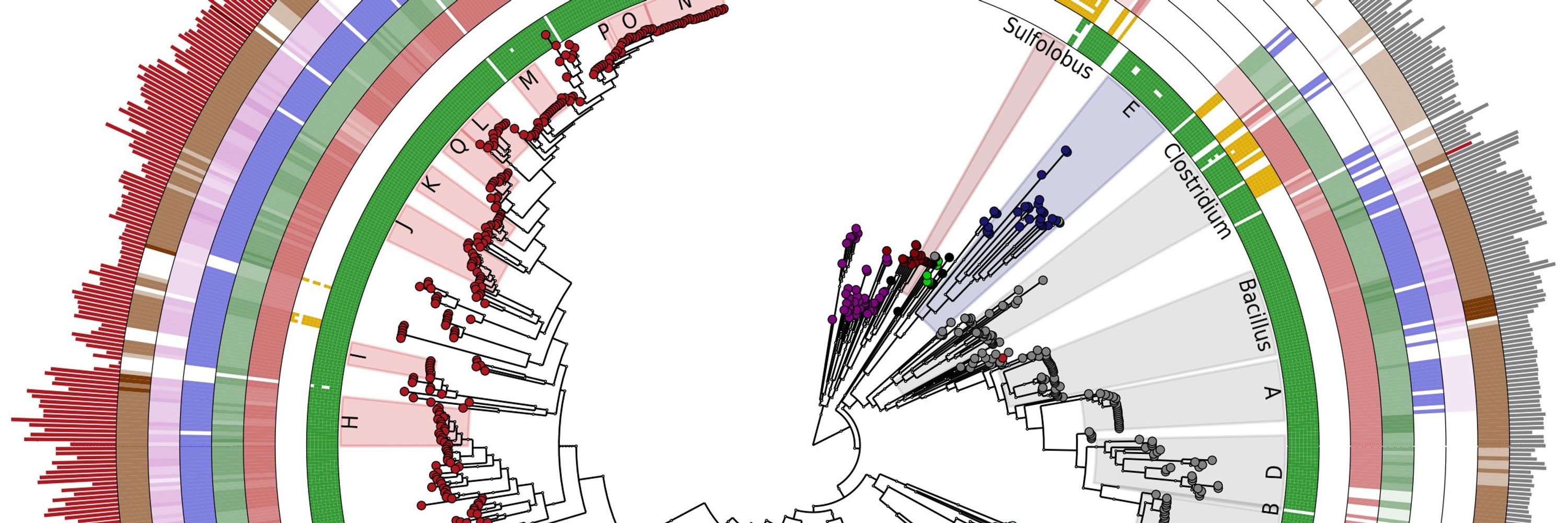
Looking for researchers with strong computational skills (programming essential) to work on microbiome & phylogenetics projects.
📅 Start on Nov 1, 2025 (flexible)
📍 Trento, Italy
DM me for details or share!
#postdocjobs #microbiome #metagenomics #phylogenetics
Looking for researchers with strong computational skills (programming essential) to work on microbiome & phylogenetics projects.
📅 Start on Nov 1, 2025 (flexible)
📍 Trento, Italy
DM me for details or share!
#postdocjobs #microbiome #metagenomics #phylogenetics
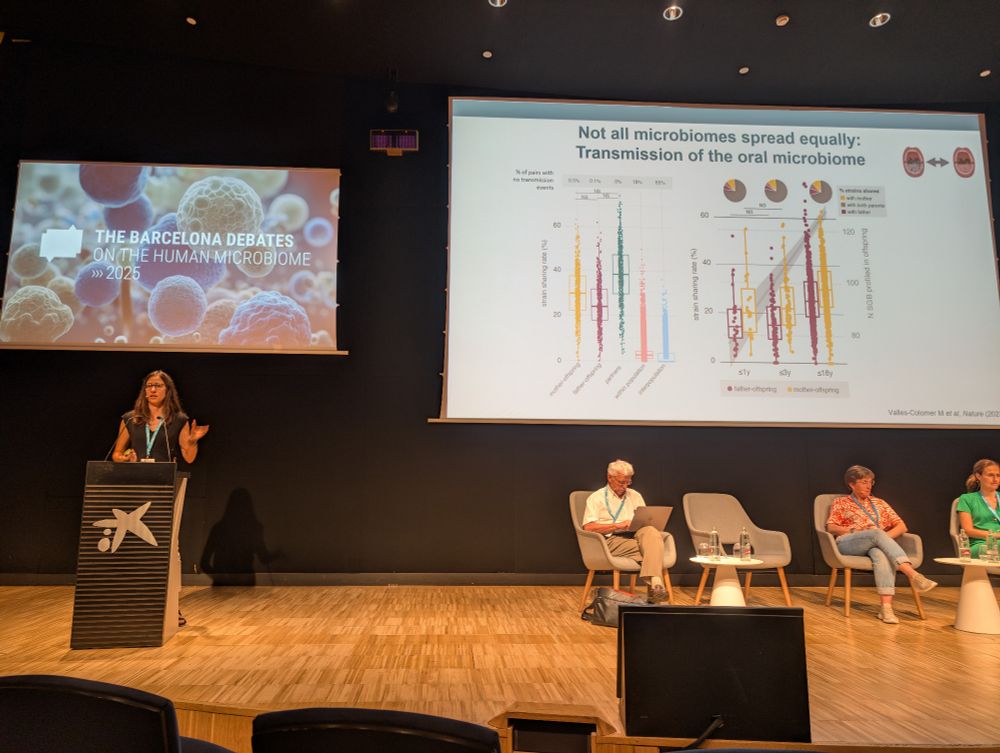
I'll be talking about Microbiome-Diet and Cardiometabolic Health.
📍 CosmoCaixa
📆 June 26
⏰ 11:00
🔗 www.bcnmicrobiome.com
Come say hi if you're around! #bioinformatics #microbiome
I'll be talking about Microbiome-Diet and Cardiometabolic Health.
📍 CosmoCaixa
📆 June 26
⏰ 11:00
🔗 www.bcnmicrobiome.com
Come say hi if you're around! #bioinformatics #microbiome
Thrilled to be talking about ML in bacterial genomics & #metagenomics at #ESCMIDGlobal 2025.
📍 Hall 4
📅 Monday (14/04)
⏰ 16:15 CEST
Come say hi if you're around! #bioinformatics #microbiome
cc @escmid.bsky.social
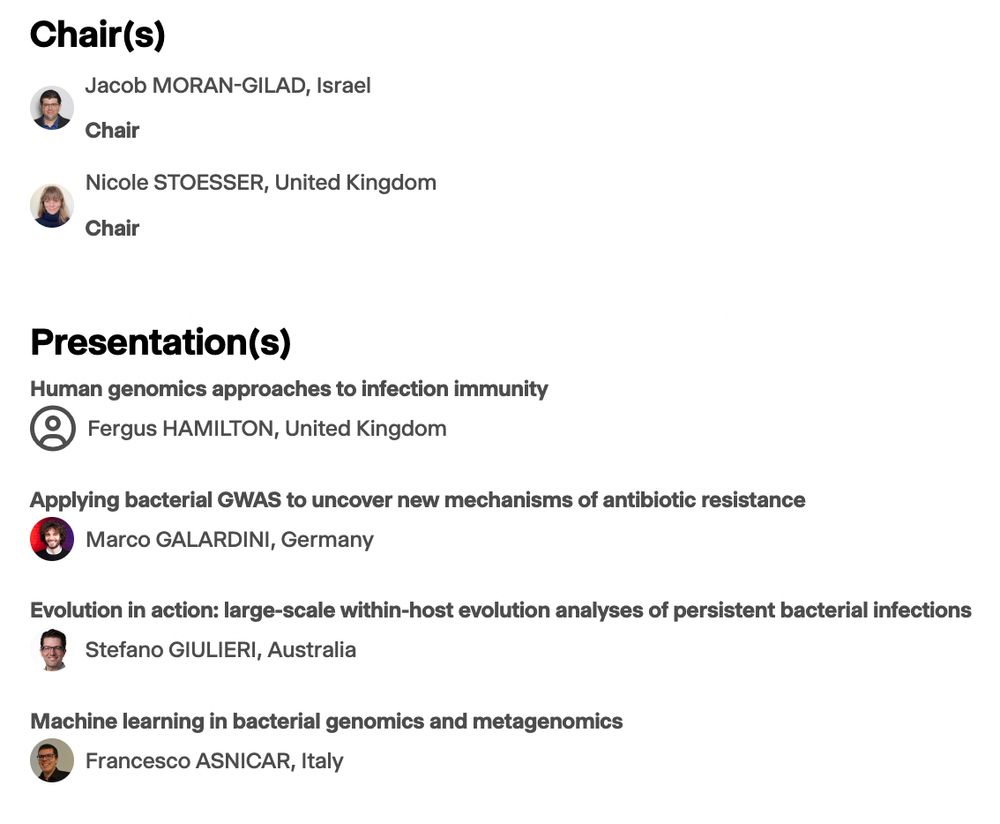
Thrilled to be talking about ML in bacterial genomics & #metagenomics at #ESCMIDGlobal 2025.
📍 Hall 4
📅 Monday (14/04)
⏰ 16:15 CEST
Come say hi if you're around! #bioinformatics #microbiome
cc @escmid.bsky.social
...and a new #MVIF program is out! 🤩
Registration here: cassyni.com/s/mvif-35
⭐️MicroTalks:
Minna Chang
@hariszaf.bsky.social
⭐️ Keynote:
@chmoei.bsky.social
⭐️Selected talks:
Pratyay Sengupta
@fatimacpereira.bsky.social
@cladigar.bsky.social
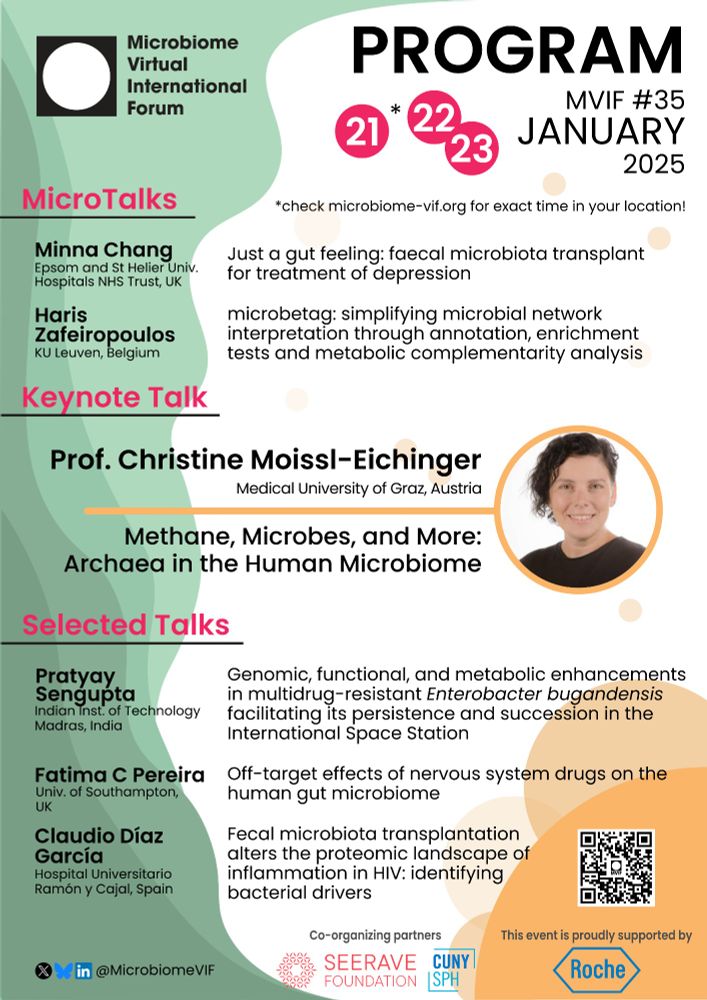
...and a new #MVIF program is out! 🤩
Registration here: cassyni.com/s/mvif-35
⭐️MicroTalks:
Minna Chang
@hariszaf.bsky.social
⭐️ Keynote:
@chmoei.bsky.social
⭐️Selected talks:
Pratyay Sengupta
@fatimacpereira.bsky.social
@cladigar.bsky.social
www.nature.com/articles/s41...
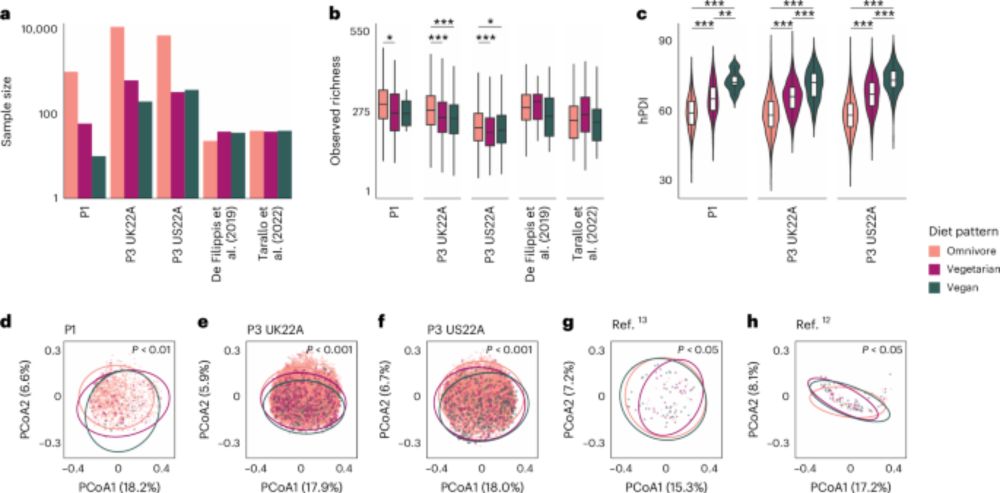
www.nature.com/articles/s41...
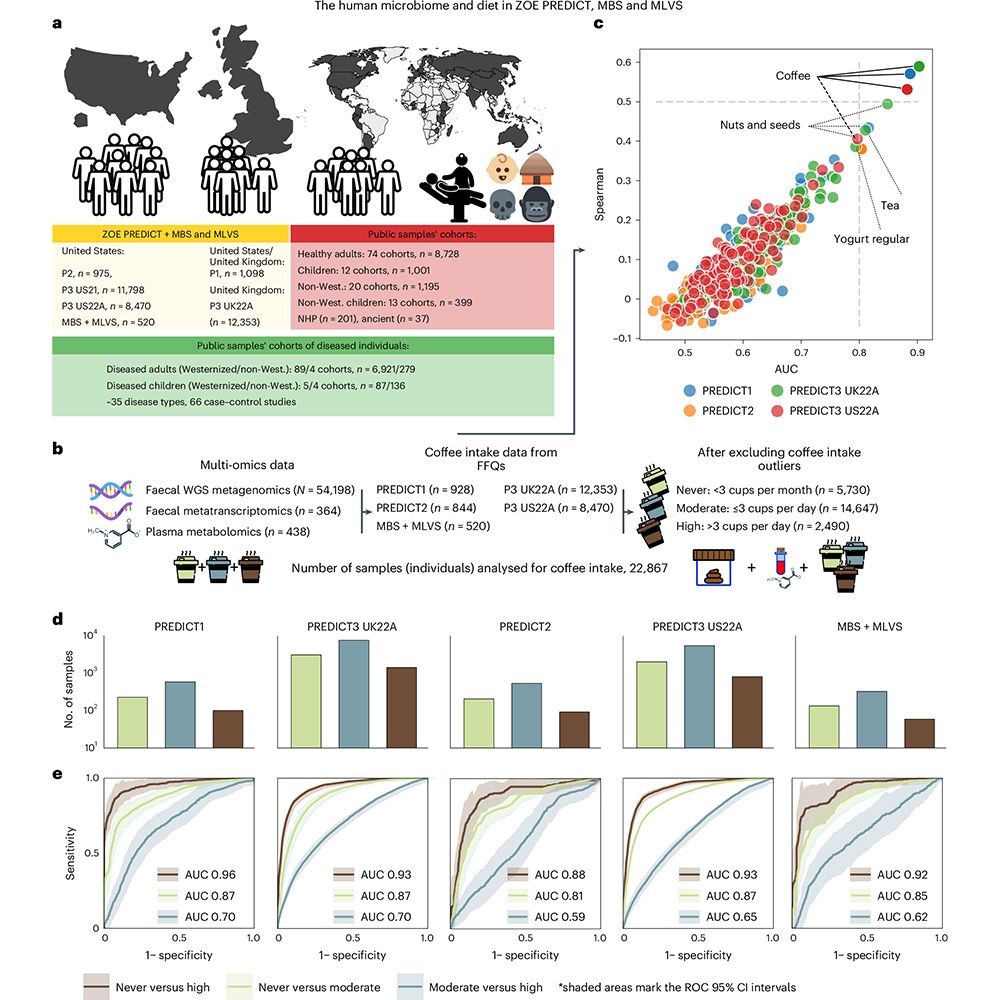

Our manuscript on the ☕️ and #microbiome relationship is out in #NatureMicrobiology:
www.nature.com/articles/s41...
1/12
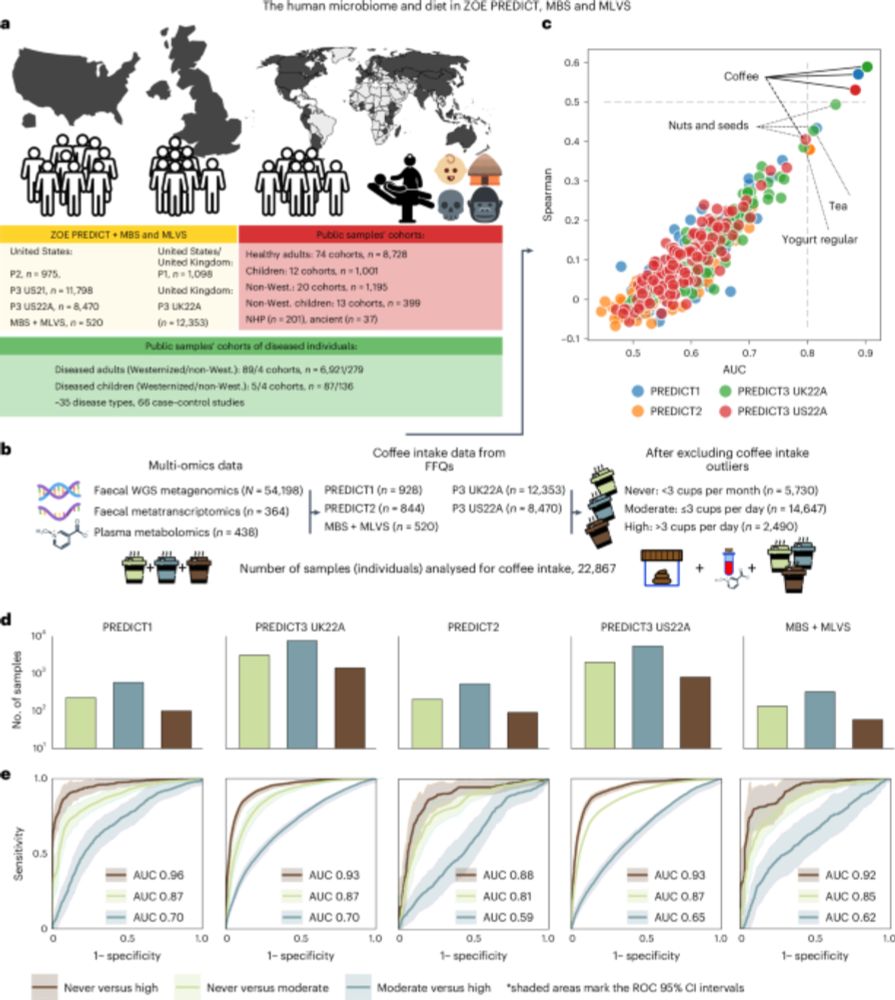
Our manuscript on the ☕️ and #microbiome relationship is out in #NatureMicrobiology:
www.nature.com/articles/s41...
1/12
1/6
@fasnicar.bsky.social Andrew Maltez Thomas, Andrea Passerini @leviwaldron1.bsky.social and Nicola Segata cover the aspects that they consider most important to enable microbiologists to use machine learning.
www.nature.com/articles/s41...
1/2
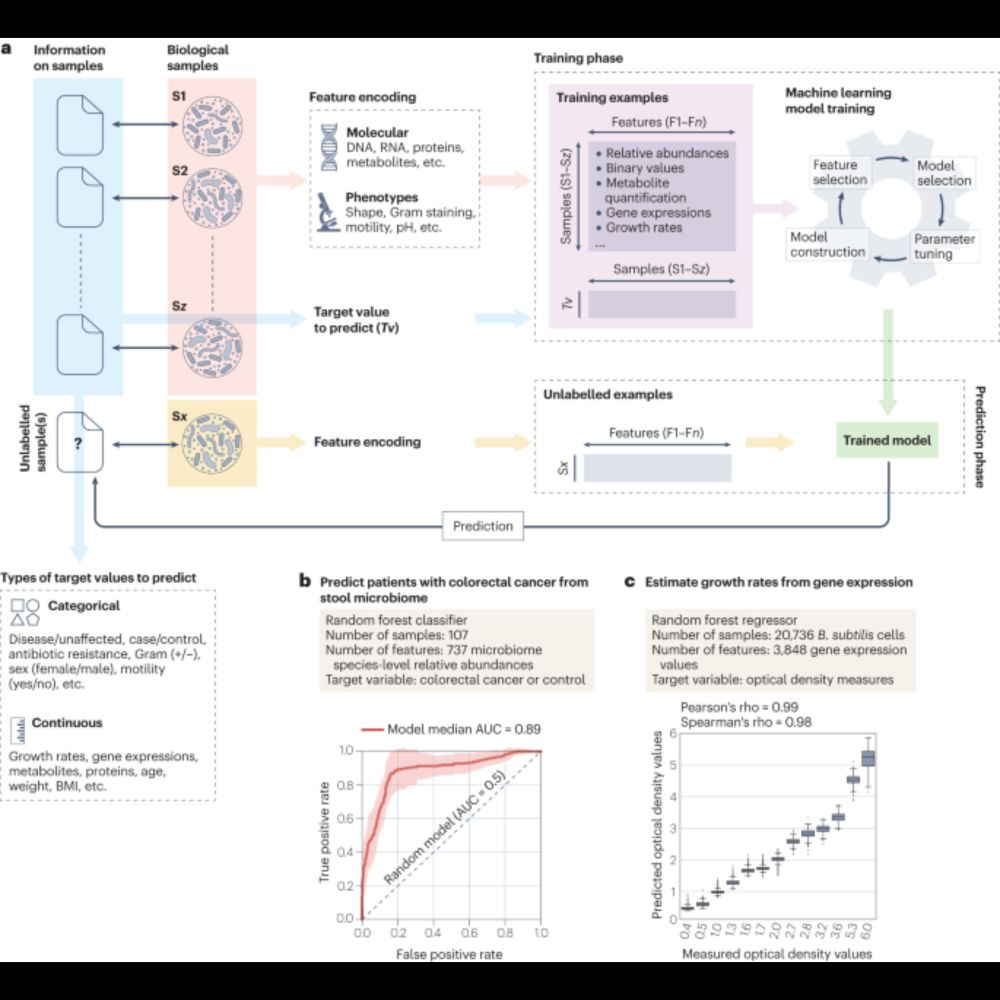
1/6

